Black Greenwich Pensioners
These pages are based on an exhibition due to have been displayed in our Visitor Centre from October 2020 – March 2021.
The exhibition was co-curated by the Old Royal Naval College and S.I. Martin, writer and heritage consultant specialising in Black British history and literature.
This project is funded by the Culture Recovery Fund for Heritage. The Culture Recovery Fund is being delivered by The National Lottery Heritage Fund and Historic England, using funds provided by the Department for Digital, Culture, Media and Sport.
We are grateful to the family of John Simmonds for information and the loan of objects relating to his life, as well as the National Maritime Museum for many of the images published within.
Original exhibition design by Easy Tiger Creative.
Between 1694 and 1869, the Old Royal Naval College was home to the Royal Hospital for Seamen. The Hospital offered board and lodging to Royal Navy personnel who had become disabled by age, injury or sickness (In-Pensioners). Cash pensions were available to those who chose instead to live outside the Hospital (Out-Pensioners).
The first Pensioners arrived in 1705. Non-British seamen with at least two years’ service could apply from 1707. The first Black sailor known to have stayed at the Hospital was Briton Hammon in 1759. Others almost certainly preceded him.
The constant turnover of naval personnel in the 1700s made the Royal Navy the world’s largest employer of ‘free’ (that is not enslaved) Black labour at a time when Britain was the largest trader in human lives.
These pages, based on ongoing research, introduces some of these forgotten mariners and their extraordinary journeys, sufferings and victories. It will show how they created a place for themselves in Greenwich as well as their connections to the abolition movement, maritime history and the wider communities of South East London.
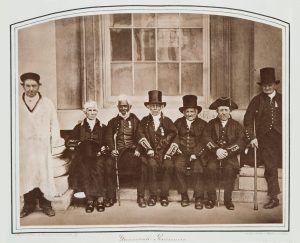
Royal Collection Trust, © Her Majesty Queen Elizabeth II 2020
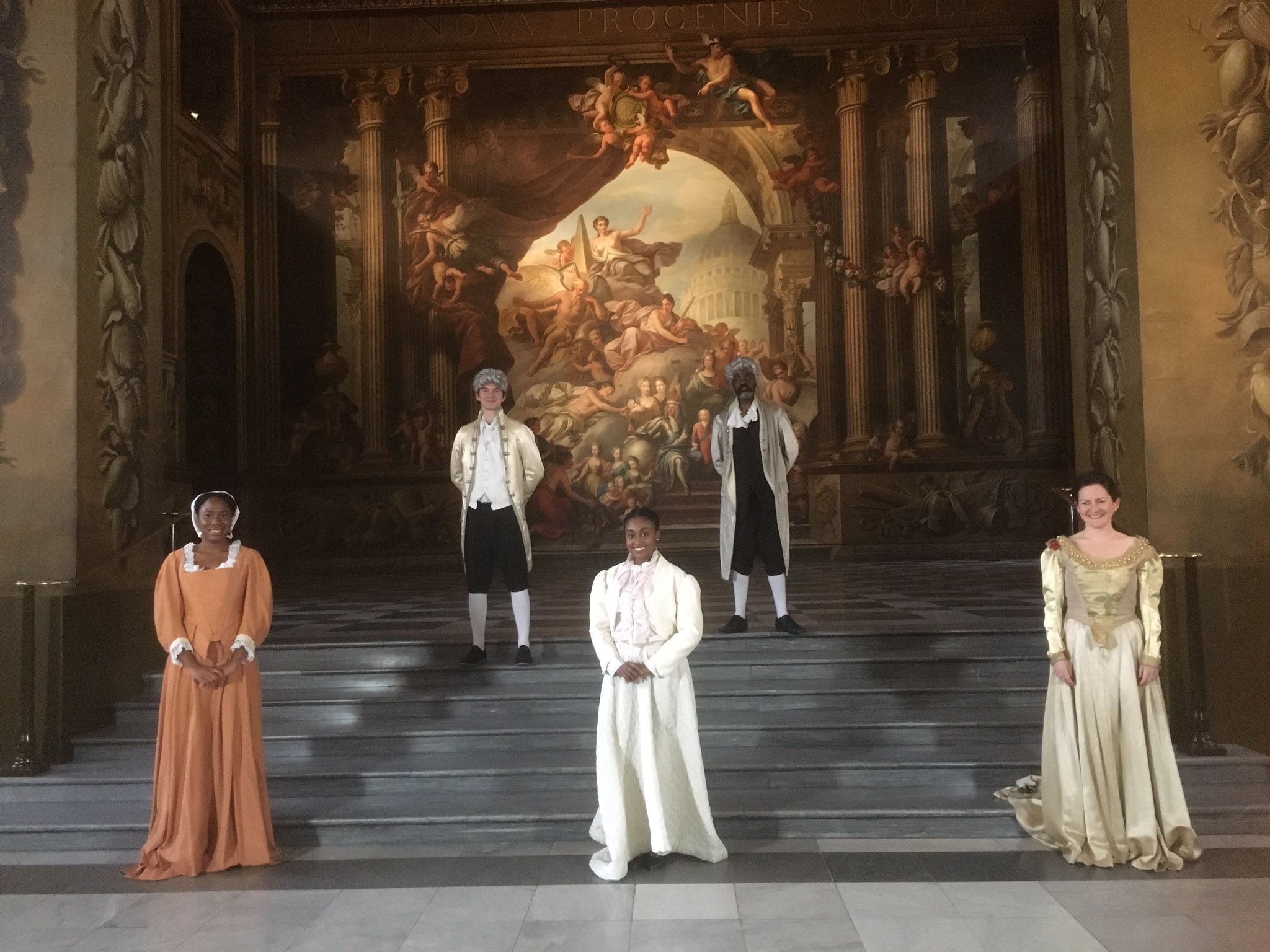
Performance, Podcast and Poetry
Alongside the exhibition, we’ve worked with curator S. I. Martin, local poets, and acclaimed playwright Ade Solanke, to create a wealth of digital material that further explores its themes and stories.
Find out more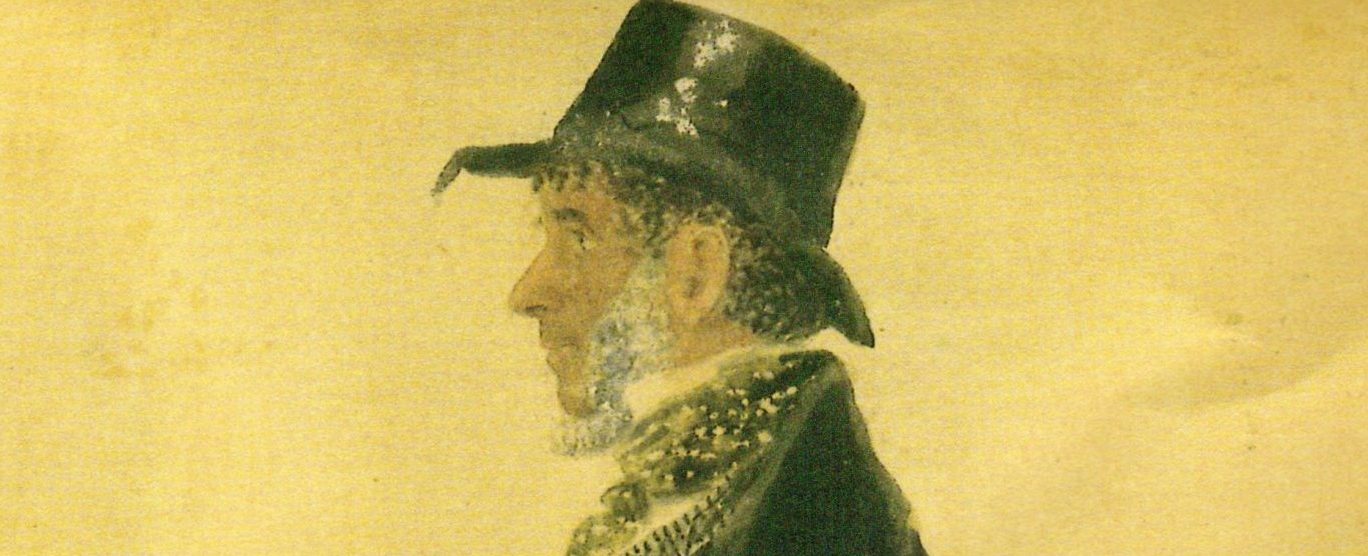
Black Sailors in the British Navy
During the 1700s and 1800s Britain’s navy was the largest in the world. The Royal Navy’s increasing demand for manpower led it to draw its personnel from across the globe as well as the British Isles. Black men (free and enslaved) from the Americas, the Caribbean, Africa and Britain served on
Royal Navy vessels in a number of capacities
from ship’s cook to, in one known case, ship’s captain (Captain John Perkins).
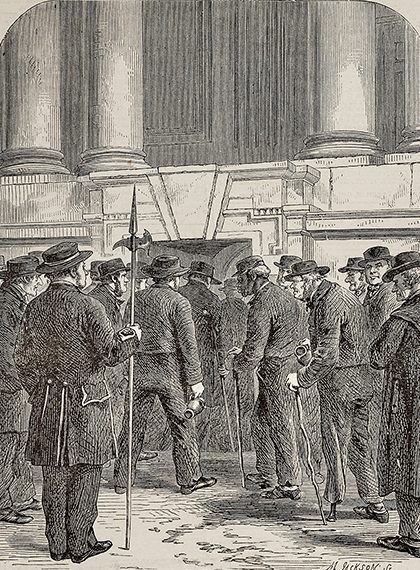
From Seamen to Pensioners
Black Greenwich Pensioners hailed from all parts of the Caribbean, West Africa, the Americas and Great Britain. Before joining the Royal Navy some were merchant seamen, carpenters or enslaved plantation workers. One had been a Marylebone pub landlord.
Find out more
Life in Greenwich Hospital
Estimates for the numbers of Black Pensioners at Greenwich Hospital are difficult to establish. Between 1749 and 1763 only four men are listed as having been born in ‘Africa’. In this same period 23 had been born in the Americas of whom several are likely to have been Black.
Find out more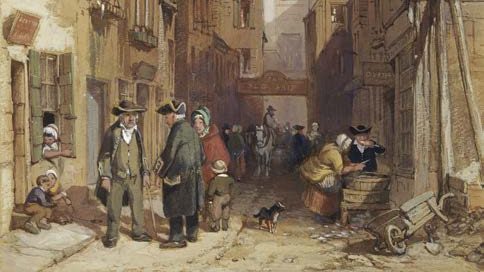
Life in Greenwich
The frequency with which Black pensioners appear in depictions of the Royal Hospital for Seamen suggests they were admitted in greater numbers than is obvious from the Admiralty records. Several Out-Pensioners lived locally and had families with White British women.
Find out more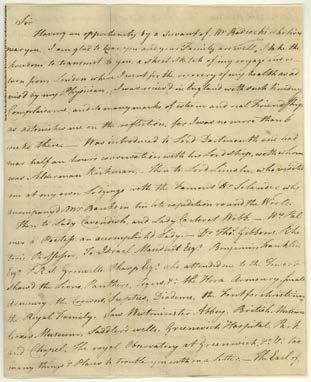
Greenwich and the Slave Trade
In the 1700s and early 1800s Greenwich was home to some very wealthy merchants and investors in the slave trade.
Some enslaved young residents would be among the first Black writers published in English and added a distinctive note to the clamour against the slave trade.
Find out more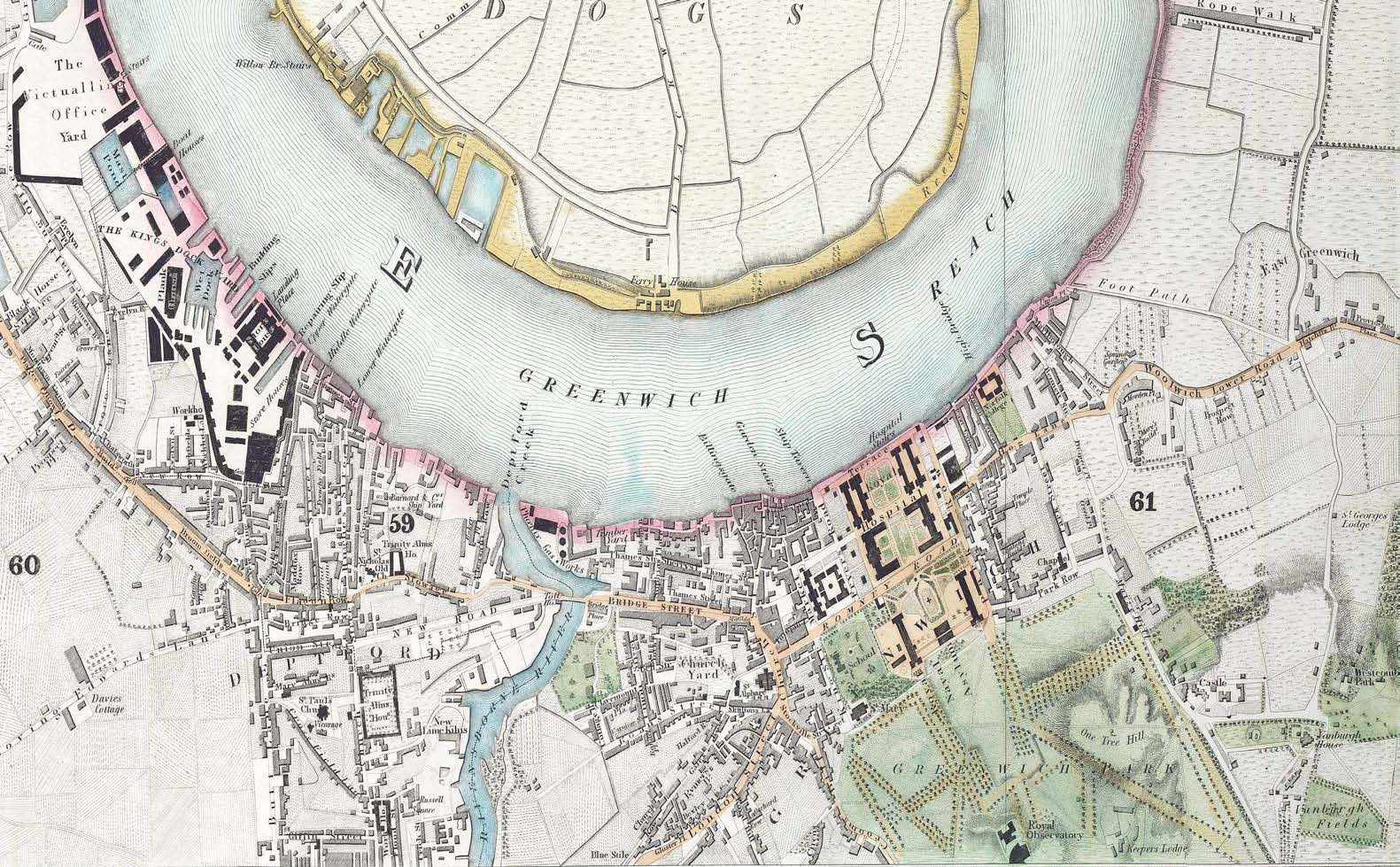
Black People in Greenwich and Deptford
Black people have visited and lived in Greenwich and neighbouring Deptford since the 1500s.
John Blanke, the Black trumpeter to Henry VII and Henry VIII, came with the Tudor court to Greenwich Palace. The slave-trading Hawkins family and the East India Company were both originally based in Deptford.
Find out moreIndividual Stories
Learn more about some of the individuals who experienced life as Pensioners in Greenwich.



